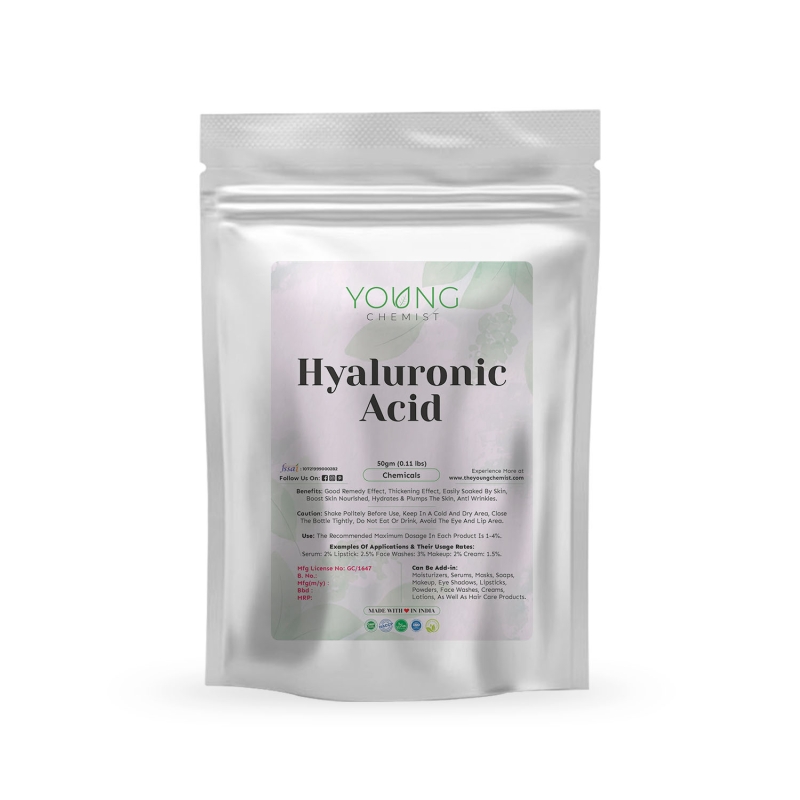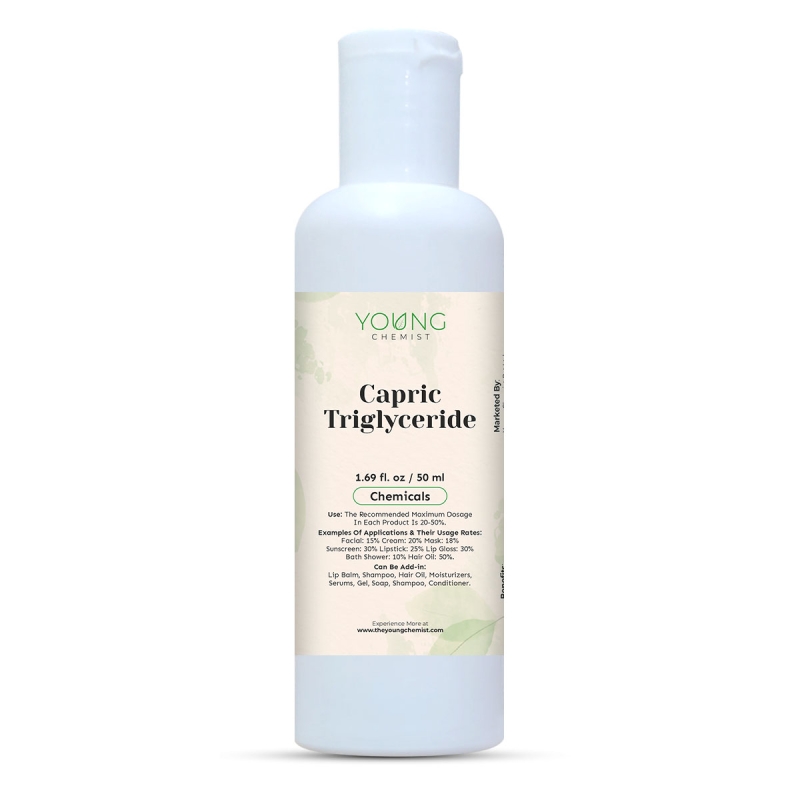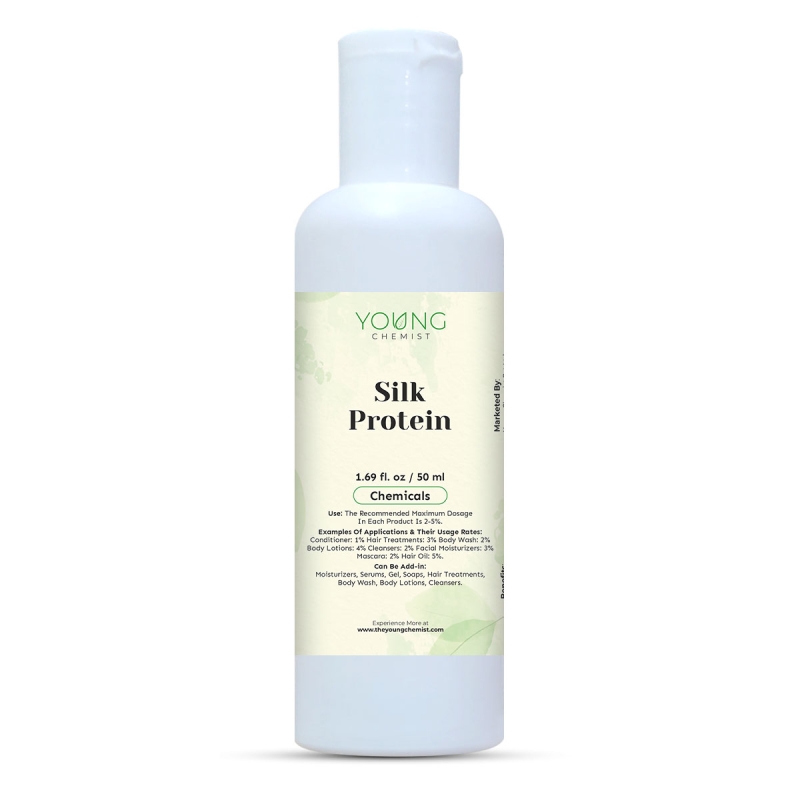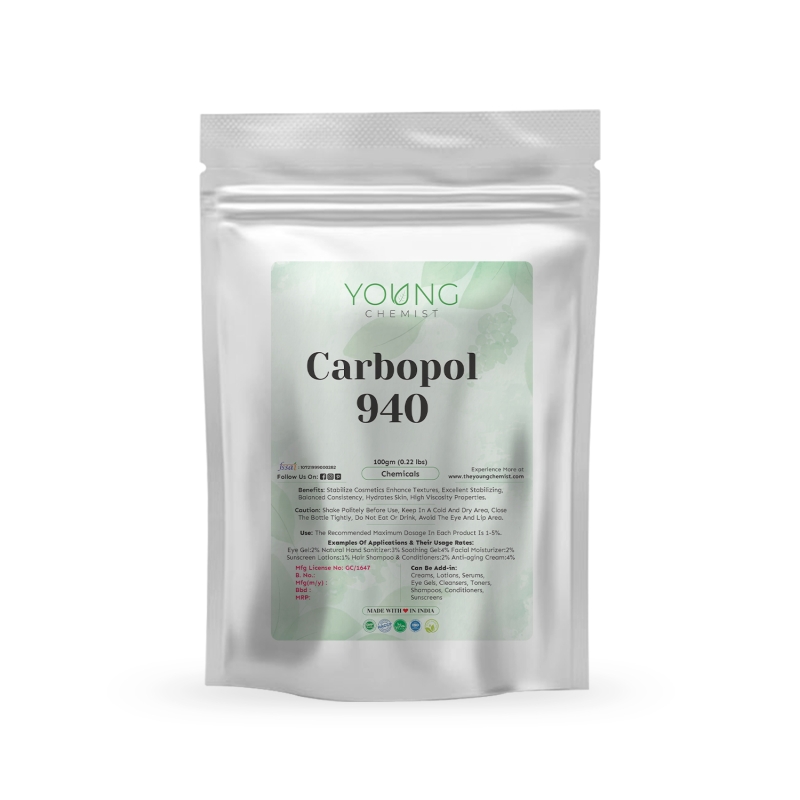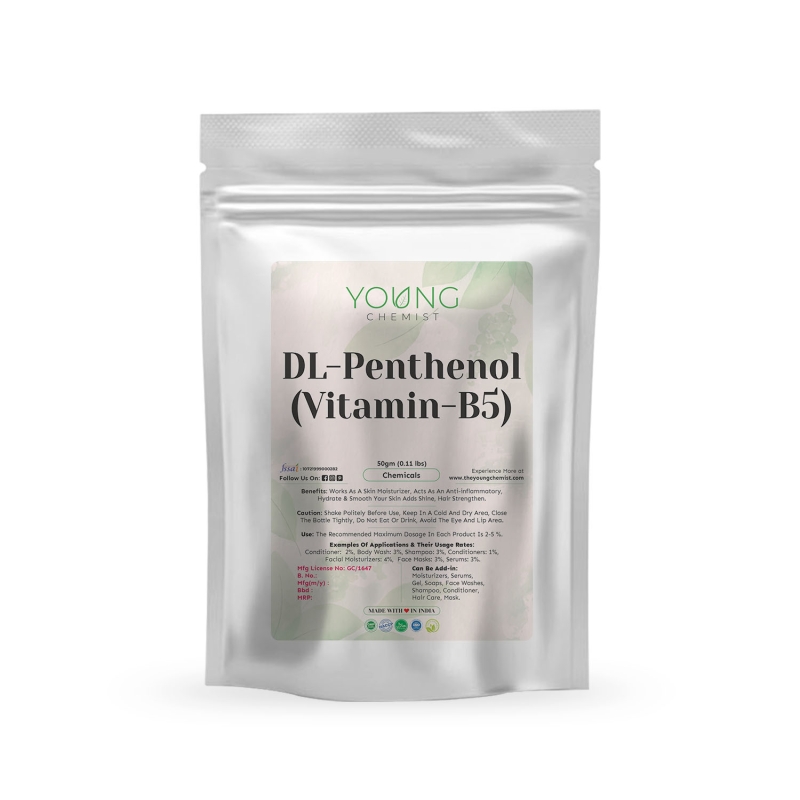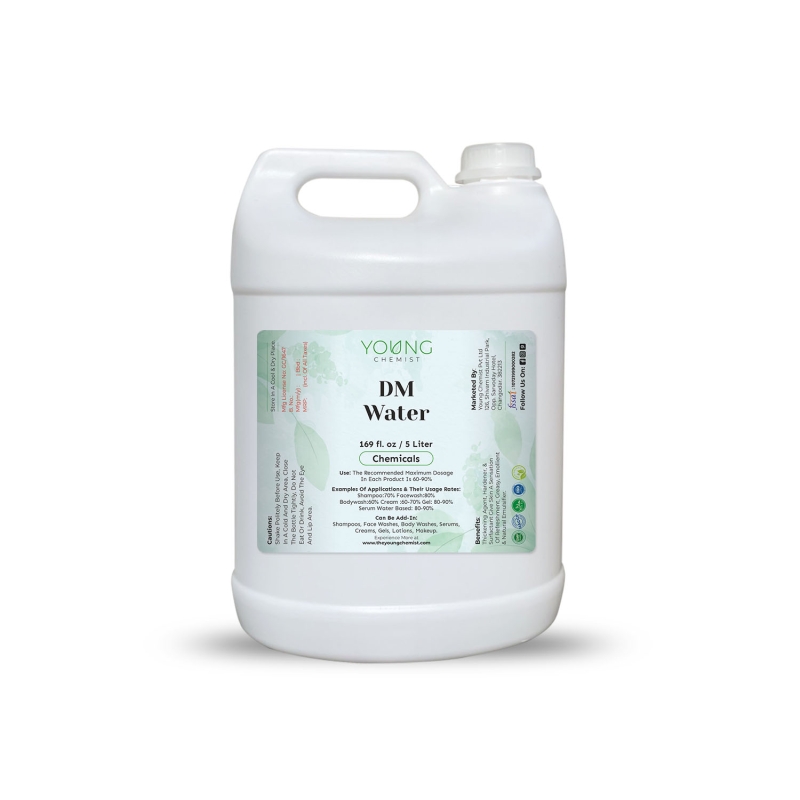-
No Item Added in Cart.

Stearic Acid
SKU: CC-TEEMO-STRCACD
Size

40 customers are viewing this product



Young Chemist Stearic acid is a common cosmetic chemical that is widely used in various personal care products. It is a saturated fatty acid derived from natural sources like animal fats and vegetable oils. Here's a description of stearic acid, its benefits, how to use it, and some cautions to keep in mind:
Stearic acid is a solid, white, waxy substance that is odorless and has a melting point of around 70°C (158°F). It is composed of long chains of carbon and hydrogen atoms, making it a fatty acid. Stearic acid is commonly found in skincare products, soaps, cosmetics, and hair care formulations.
Stearic acid is primarily used as an ingredient in cosmetic formulations rather than as a standalone product. It is typically incorporated into creams, lotions, soaps, and other cosmetic products during the manufacturing process. As a consumer, you can use products containing stearic acid as directed on their labels.
- Emulsifier: Stearic acid acts as an emulsifier, helping to blend oil and water-based ingredients together. This property is useful in creating stable emulsions like creams and lotions.
- Thickening Agent: It has thickening properties that can add viscosity and stability to cosmetic formulations, giving them a desirable texture.
- Cleansing Agent: Stearic acid can effectively cleanse the skin by removing dirt, oil, and impurities. It is commonly used in facial cleansers and soaps.
- Skin Conditioning: It has moisturizing properties that help to soften and smoothen the skin's surface, making it a popular ingredient in moisturizers and body lotions.
While stearic acid is considered safe for use in cosmetic products, there are a few cautions to keep in mind:
- Allergic Reactions: Some individuals may be sensitive or allergic to stearic acid. If you experience any adverse reactions like redness, itching, or irritation, discontinue use and consult a healthcare professional.
- Purity and Sourcing: Ensure that the stearic acid used in cosmetic products is of high quality and from reputable sources to minimize the risk of contamination or impurities.
- Eye Contact: Avoid direct contact with the eyes, as stearic acid may cause irritation. If contact occurs, rinse thoroughly with water.
- Storage: Store products containing stearic acid in cool, dry places away from direct sunlight to maintain their stability and effectiveness.
It's important to note that the specific benefits and cautions of stearic acid may vary depending on the formulation and concentration used in different cosmetic products. Always refer to the product labels and follow the instructions provided by the manufacturer for safe and effective use.
Product Questions
Stearic Acid helps to create a smooth texture in creams and lotions, making your skin feel soft and hydrated. It also helps to form a protective barrier on the skin, which can lock in moisture.
Yes, Stearic Acid is generally safe for all skin types. It's gentle and can be used on sensitive skin, but if you have any specific skin concerns or allergies, it's always a good idea to do a patch test first.
Stearic Acid itself is not an acne treatment, but it can be beneficial in formulations that include other acne-fighting ingredients. It helps to ensure that the product is evenly applied and can support the skin’s barrier function.
Stearic Acid can be derived from natural sources like palm oil or animal fats. However, its source can vary, so if you prefer natural or vegan products, look for products that specify their sources of Stearic Acid.
Stearic Acid is used in a variety of cosmetic products including creams, lotions, and soaps. It helps to thicken and stabilize these products, giving them a pleasant texture and consistency.
Stearic Acid is generally well-tolerated by most people. However, if you have particularly sensitive skin or are prone to allergies, it’s a good idea to check the product's full ingredient list and test a small amount first.
Store products containing Stearic Acid in a cool, dry place away from direct sunlight. This helps maintain the product’s stability and effectiveness.
Yes, Stearic Acid can be used in DIY skincare recipes. It helps to thicken and stabilize homemade lotions and creams. Just be sure to follow a reliable recipe and measure ingredients accurately.
The environmental impact of Stearic Acid depends on its source. For eco-friendly options, look for products that use sustainably sourced Stearic Acid or that are certified by environmental organizations.
Stearic Acid is a type of fatty acid commonly found in animal and vegetable fats. It's often used in skincare and cosmetic products to help stabilize and thicken formulations.

